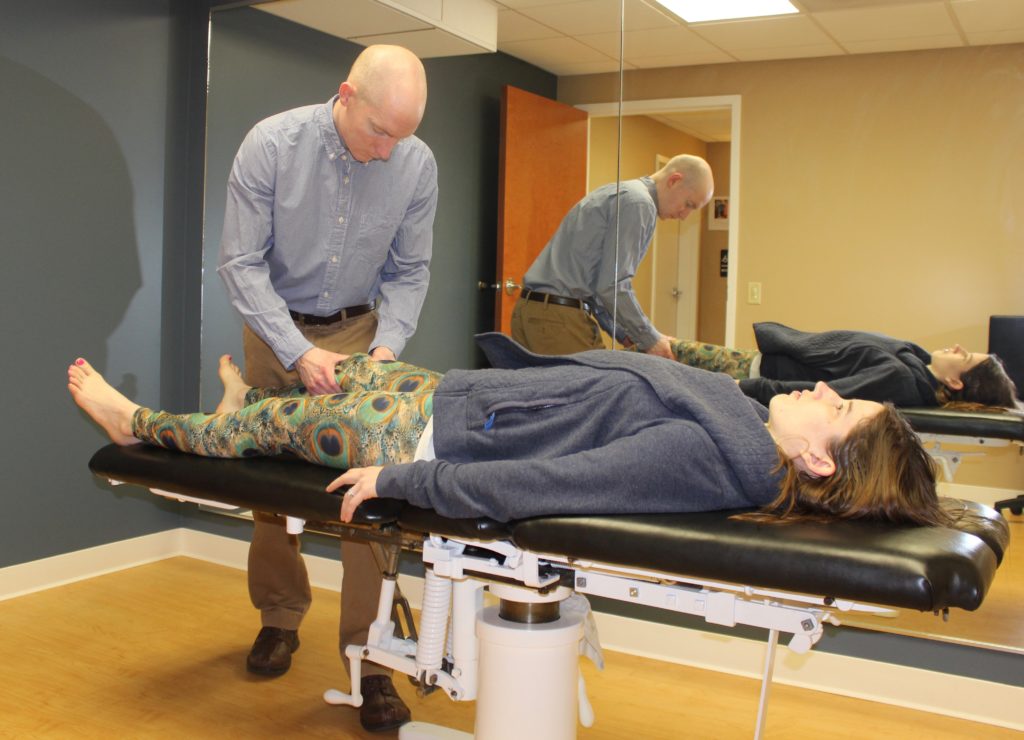The patella tendon is the thick tendon structure that connects the knee cap to the shin bone. This tendon serves a vital role and at times can become irritated or painful. This irritation is often called patellar tendinitis, which is an inflammation of the patella tendon. This condition is also known by many other names including jumpers knee and runners knee. Generally the inflammation will run its course within just a few weeks, yet this tendon pain may persist.
The question then becomes, why does the pain last?
Well…there are other reasons for pain other than inflammation. Issues such as changes in the tendon quality, surrounding muscle weakness, and the development of what we call a sensitive nervous system can happen.
How does the tendon change quality? This is just something that happens at times during the healing of an injury. Tissues tend to progress through predictable healing. When (for whatever reason), the healing curve becomes disrupted, the tissue (or tendon) in this case “changes” and may not be as strong as before. The best way to describe this is the “healing” curve stops in the middle. In these instances, pain can last until the cycle completes itself. Why does the cycle stop? This is not always known, but…Interestingly, the continual use (abuse) of NSAIDs such as ibuprofen and the like could actually disrupt or stop the healing process.
Muscle weakness? This happens when individual stops using their muscles to the fullest capacity. This often is a result of attempting to reduce strain on the injured region but becomes counter productive.
Sensitive nervous system??? This is the most difficult to understand. Think of it this way… Have you ever cut your finger and then after it healed still felt pain or soreness afterward. Usually a few days later though, all will be back to normal. In some instances though, this process does not shut off as it should upon healing. Meaning the overly sore/painful response lasts and possibly worsens. This is an abnormal response the body has to some injuries and where persistent or chronic pain comes from.
How do we get the pain not to last?
Seek some guidance to set you up for success by fully looking at the reason(s) the patellar tendinitis began and then can develop a program to appropriately return you back to activity. This may include stretching or active strengthening exercises specific for the pain and activity you want to return to.
 Just who should one see?
Just who should one see?
That would be the pain and movement specialists…physical therapists.
Want to know more about how to get rid of that knee pain? Request a phone consult or your very own Discovery Session to get you back to life (without the pain).

